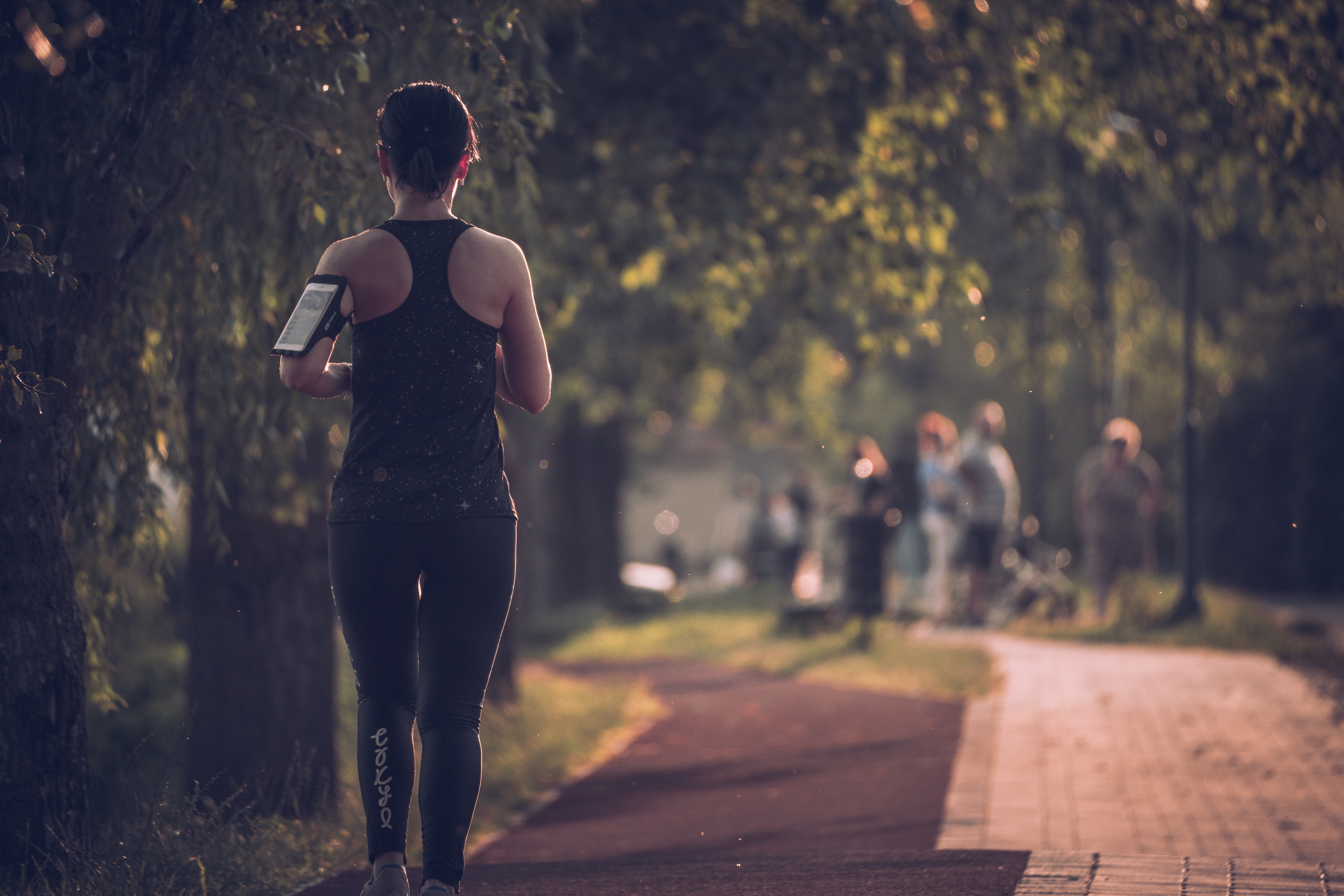 Photo by Jozsef Hocza
Photo by Jozsef Hocza
Remember those days in our teens and twenties when you could eat just about anything and not gain a pound, still look and feel good, and fit into your clothes. Well, then we got older and it became a lot harder to maintain that body weight and physique. So, what happened? We may have changed our active lifestyles as the stress of adulthood hit. Also, that thing called “metabolism” slowed down.
Metabolism is the process in which the food and drinks we consume are broken down into energy the body needs to function. Basal metabolic rate refers to the number of calories you burn at rest. The higher your basal metabolic rate, the more calories you burn at rest.
Things that affect metabolism include what we eat, activity status, and body composition, in particulary muscle mass and body fat. Men tend to have higher metabolism women due to having more muscle mass. At a younger age, your muscle mass stores up energy preventing unnecessary weight gain. As we age, that muscle mass decreases and is replaced by more body fat.
Some tips to boost metabolism
- Exercise more and add high intensity interval training and weights to your work-outs
- Eat well enough that you are not hungry.
- Try not to skip meals, especially breakfast (breakfast wakes your body up and also kickstarts your metabolism).
- You need to eat enough calories for your body to function and not cut into your body stores. If you don’t eat enough calories, your body will actually decrease your basal metabolic rate to conserve energy. For example if your body needs are 1200 calories/day, make sure you eat that much.
- Get adequate sleep
- Eat fat burning foods
- Protein-having protein at every meal helps build fat-burning lean muscle and also helps with post-meal calorie burn
- Spicy peppers have capsaicin that can boost your metabolism
- Eat high fiber diet with vegetables and fruit
- Eat iron rich food(beans, fortified cereals, spinach, broccoli, green peas) as they carry oxygen your body needs to burn fat
- Drink tea or coffee-has antioxidant catechins, caffeine can temporarily boost metabolism
- Drink more water-it will temporarily increase your metabolism and help you fill full
- Stand up more and take walks-sitting burns less calories and has negative health result
There is no easy way to get your metabolism kickstarted but eating balanced nutritious meals, following an exercise routine, and getting plenty of sleep and rest can help. Having a higher metabolism/higher basal metabolic rate will help in shedding off the pounds but finding the best plan that will work may take some trial and error. Keep the big picture in mind…..a version of you that you can be proud of.
 Photo by
Photo by  Photo by
Photo by  Photo by
Photo by  Photo by
Photo by  Photo my
Photo my